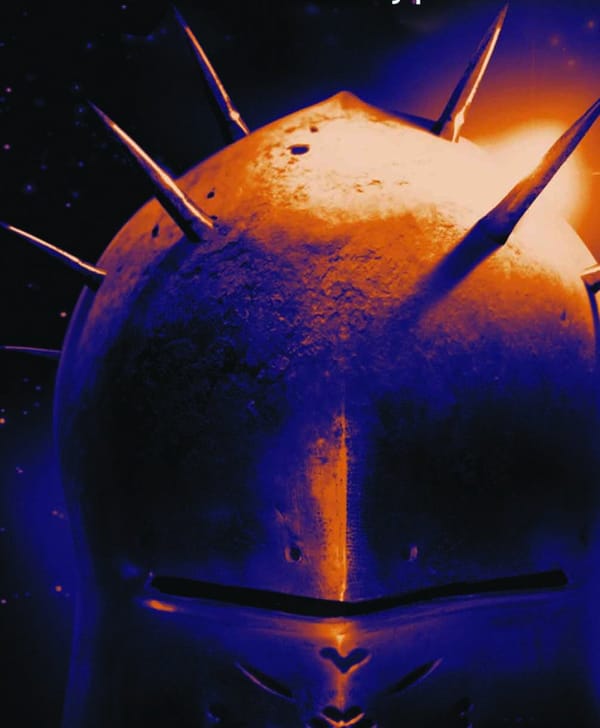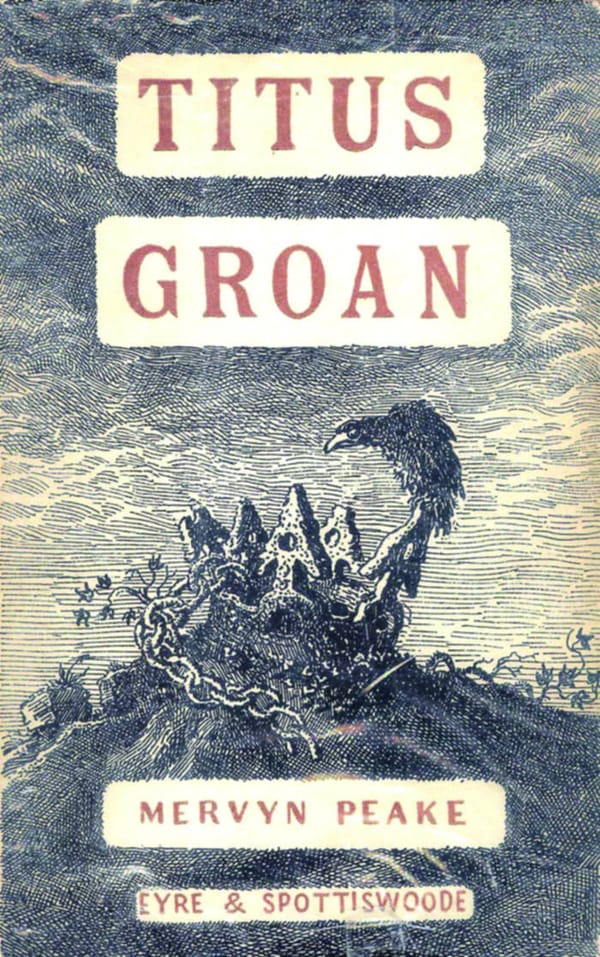Earthsea — a truly magical series
Maciej Matuszewski takes a look at some fantasy
I’m generally not a big fantasy reader but I had heard a lot of good things about Ursula Le Guinn’s Earthsea series and so had very high expectations before I started reading it. I wasn’t disappointed. Whilst featuring many standard western fantasy elements − kings, wizards and dragons − the books are unique for their setting on an archipelago of many hundreds of islands. For a series that was begun in the 60s there is a great deal of freshness to the Earthsea stories, especially for those who have grown tired of fantasies set in pastiches of medieval England.
The books have often been compared to The Lord of Rings and while her worldbuilding is not quite up to Tolkien’s standards, le Guinn has still invested a considerable amount of effort in creating a varied, interesting world. There is a rich and detailed back-story and each of the islands that we visit has a unique and memorable atmosphere to it. They are filled with magic and mystery but also feel like real places, places that you could and would want to visit. By the time you have finished the books their names – Havnor, Selidor, Gont, Roke and many others – will be fixed in your mind. The story of the books takes place over a number of decades near the end of a dark age for the Archipelago; with one of the main plot strands being the restoration of the islands’ monarchy and the consequences that this brings. The first novel of the series, A Wizard of Earthsea, was written early in Le Guinn’s career – which can be felt in its less than perfect pacing and characterisation – however she soon improved and by the third novel, The Farthest Shore, she had already established herself as one of the foremost writers in the genre. Her characters are rich and believable and her plots retain a feeling of wonder without even coming close to breaking the reader’s suspension of disbelief. Despite the fantastical setting, one of the first words that comes to mind when describing the series is ‘relatable’ and Le Guinn draws in the readers by subtly focusing her writing on issues that are relevant to her readers. Le Guinn originally didn’t intend the series to go on for as many books as it did but unlike other series in which new, originally unplanned instalments descend into self indulgence by the author – of which the Dune series is probably the best example – the quality here remains high throughout. There is a clear split between the two halves of the series, with the first three novels being straight action adventure and the later books being more contemplative and dealing with more serious issues such as feminism and finding one’s purpose in life. Despite this, the two halves don’t clash but rather complement each other. This is, in large part, due to the character of Ged. Despite only being the main protagonist in the first novel alone he is present in a major role in all of the books. We get to follow him from infancy to old age from the different points of view of all the other major characters. He serves as a focus and centre for the story as well as being a compelling character in his own right.
Forget the epic plotlines of The Farthest Shore and The Other Wind, and the powerful ideological musings of Tehanu — the series is worth reading for Ged’s personal story alone. The Earthsea books are a tue classic that have inspired countless other authors and received numerous prizes and accolades. They are some of the best books that I have ever read.








